How creative do we need to be with chair yoga?
4If you teach chair yoga to a group or individual student for a while, at some point you will inevitably feel like you ran out of ideas. There are definitely fewer chair poses then there are regular yoga poses and the classes might start feeling repetitive. What can you do to keep your students (and yourself) interested and engaged?
When it comes to chair yoga, there are two main routes that you can take.
1. Experiment with more intricate yoga poses
In intricate chair yoga poses you come up with new ways of arranging your body around a chair – you can wrap yourself around it, climb on top of it or under it, thread yourself through it, and so on. You can come up with some pretty interesting stuff.
Personally, I am not a big fan of that approach for the following reasons:
• Getting in and out of those poses is tricky and potentially dangerous for the students with more limited abilities; for them it can be discouraging and fear-inducing.
• Taking 5 minutes or more for each pose to arrange every body in the intricate position can interfere with the energetic flow of the practice and can be distracting for students.
• Using your body weight to hang over a chair or leaning into it can push you way past your capacity.
• Chair tripping or slipping from under the student is always a possibility that is potentially very harmful.
• What is the point? There are much easier ways to get a similar effect with much less risk.
Of course, if your students are feeling adventurous, you can always try one of those as the icing on the cake, but you would need to be right there watching your students like a hawk to make sure that they don’t hurt themselves.
2. Add layers to more basic chair poses
Another way to approach it is to stick to more basic yoga poses that are mostly done either seated in a chair or standing next to it (with addition of some other simple moves like putting the feet up on a chair). This provides a much more stable base and is much safer for your students. To make it more interesting and relevant, you can add layers – other practices that you add on top of the basic poses. Those layers can be:
• Movement-related (You can use different arm adaptations to emphasize different parts of the body, or support different practice themes).
[instagram-feed type=hashtag hashtag=”#Utkatasanachairsw”]
• Breath-related (You can add a specific breathing pattern, like a ratio or technique to some key poses to create a specific energetic affect)
• Attention-related (You can direct your student’s attention to different aspects of the pose or to different body parts that are involved)
• Theme-related (You can choose a specific theme for the practice, like being open to new experiences, for example, and use breathing patterns, gestures, reflection, sound, meditation and so on to cultivate that theme throughout the practice).
Ultimately, intricate chair yoga poses have a bit of acrobatic flair to them – they present an interesting challenge and primarily cultivate the sense of accomplishment. They also aim to replicate more traditional yoga poses with the support of the chair. Layered chair yoga poses, on the other hand, are less about achieving specific forms of poses and more about getting the effect you are after. Layered chair yoga poses use movement variations, breath patterns and focus points to help direct your student’s attention and actualize the intention that you set for the class.

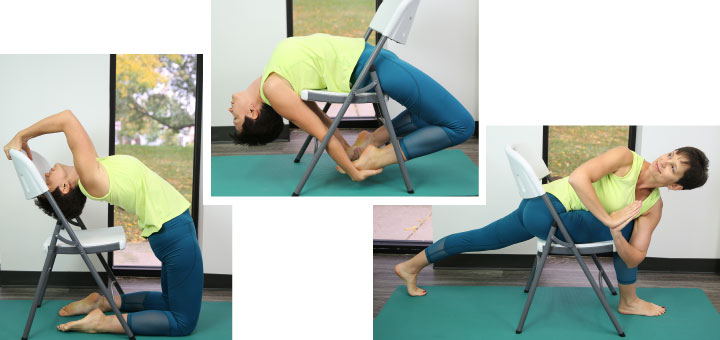
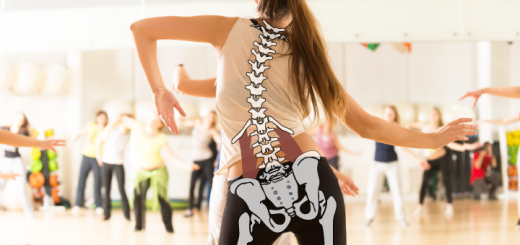
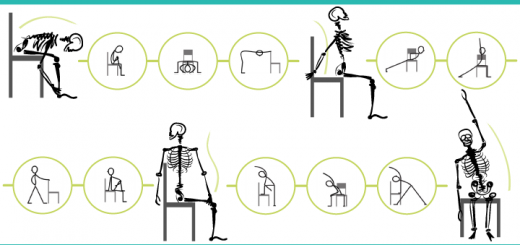
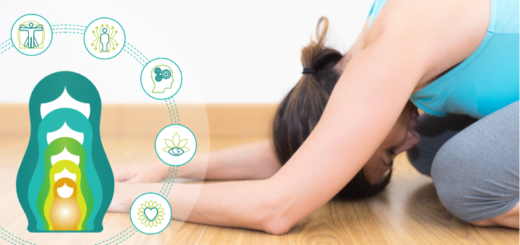
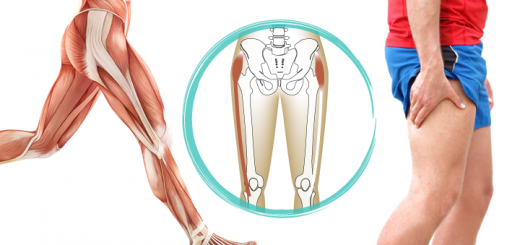















Olga- you’re awesome. Those opening photos and comments, while impressive, had me thinking (and shaking my head), “Now if someone is in a chair for physical limitation reasons, they can’t possible move into those poses “easily,” if at all. And then I had to laugh a bit at myself when I read your next line: “Personally, I am not a big fan of that approach for the following reasons:” Seriously, your blogs and their accompanying style and philosophy are the most accessible and sensible and helpful pieces on yoga on the internet. For teachers who care more about alignment and “getting it right” than “powering through” and “looking stunningly impressive,” you are “the real deal.” Thank you so much for your time and all that you share with us. I so wish I lived in your area; I would definitely be a student of yours! Namaste.
Thank you Kevin! Your comment made me chuckle 🙂 I didn’t mean to mislead you at the beginning, just came out that way 🙂 You should have seen me do those intricate chair yoga poses and my photographer commenting: “Are you serious? Who does that? Do you need help getting out of it?” 🙂
Hi Olga, thank you for all your wonderful insight and knowledge.
I just took a 2 day workshop with Carrie Owerko who is a Senior Iyengar teacher. Carrie has put on a whole new spin on using the chair to access poses one would normally avoid. One uses the chair not to be so much in the effort but to observe the asana through a different view. Sure the asanas are more advanced but I would definitely check out her web site. It was so refreshing to meet a teacher, teaching the same asana but in a very creative and fun way. Carrie thinks definitely out of the box and with a hearty laugh!
Keep up the good work, Liza
Thank you for your excellent blog.
For years I taught in a place without chairs, and then when I moved to a studio with chairs I was so excited to be able to incorporate them into both my active and restorative classes. However, I could always feel an energetic drop in the room when I would say to get a chair at the beginning of class. Gradually I won over the restorative folks by repeating simple things so that the awkwardness was overcome, and now we can branch out a bit. The active folks have slowly figured out that the chair doesn’t make the practice “less than”, but it took a different approach to win them over as I needed to figure how to keep it simple but still challenging. Ironically it was through some of the same poses that both camps eventually warmed up to the chair.